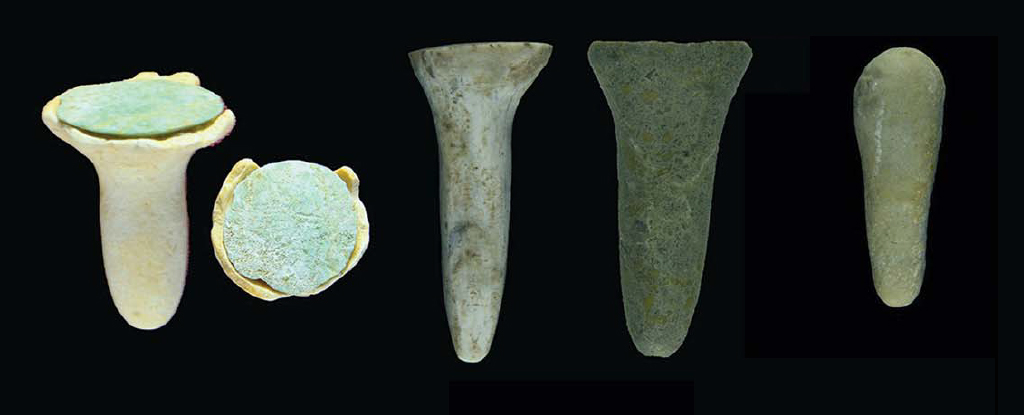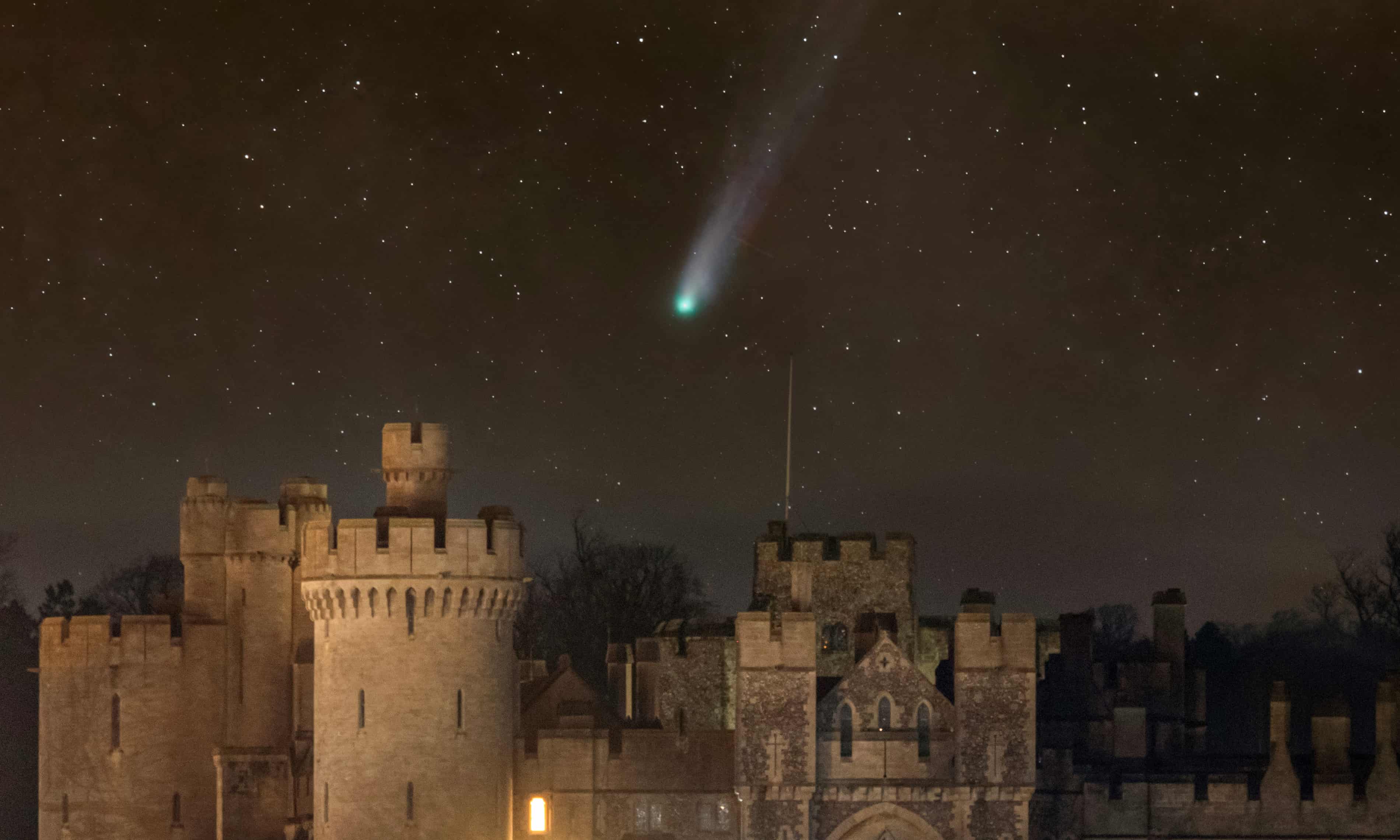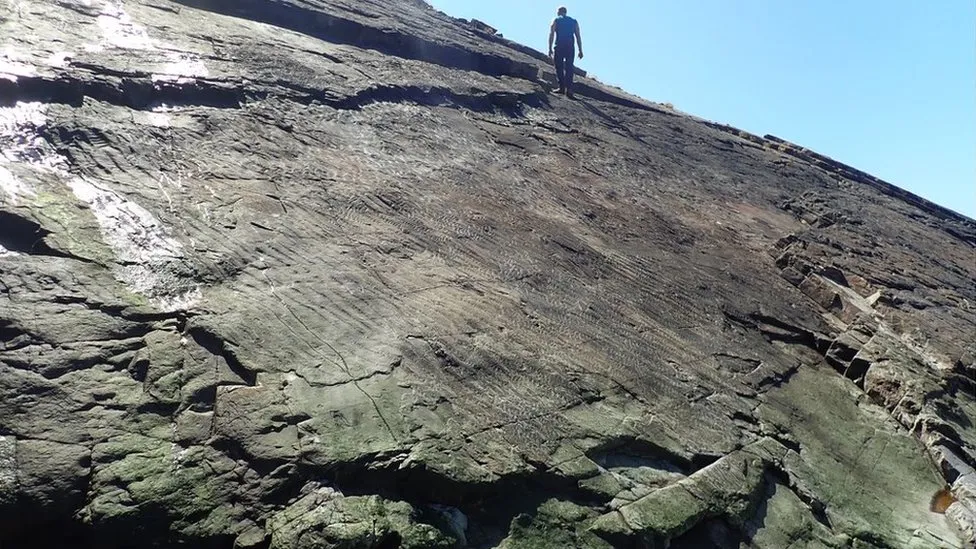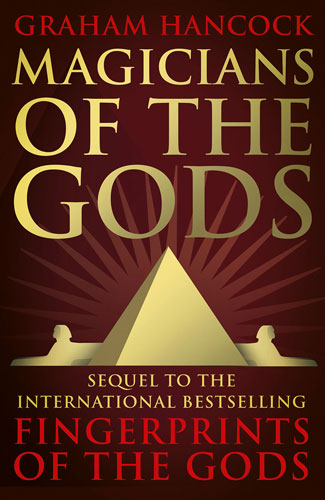News Desk
Sometimes, it takes the smallest thing to undertake a mammoth task. That’s what researchers behind the attempts to de-extinct the woolly mammoth are hoping as they announced what they believe to be a step forward in their efforts.
:format(webp)/cdn.vox-cdn.com/uploads/chorus_image/image/73211364/AP24062114153683.0.jpg)
Four years ago, the state decriminalized all drugs. Now it’s trying to course-correct — and might make a mistake in the process.
A recent study published in Scientific Reports reveals new insights into how psilocybin-assisted therapy modifies brain function in people with alcohol use disorder (AUD). These changes suggest a potential mechanism behind the therapy’s success and could point toward new avenues for treatment.

Sound waves fossilized in the maps of galaxies across the Universe could be interpreted as signs of a Big Bang that took place 13 billion years earlier than current models suggest. This research was published in The Astrophysical Journal.

A groundbreaking announcement for the recovery of lost ancient literature was recently made. Using a non-invasive method that harnesses machine learning, an international trio of scholars retrieved 15 columns of ancient Greek text from within a carbonized papyrus from Herculaneum, a seaside Roman town eight kilometers southeast of Naples, Italy.

The debate occurred at a packed session featuring Hairuo Fu, a graduate student at Harvard University in Cambridge, Massachusetts, who is a member of the team that found the fragments…Many scientists have said they don’t want to spend much time analysing and refuting these claims.
In a new study published in JAMA Psychiatry, researchers led by Otto Simonsson of Karolinska Institutet’s Department of Clinical Neuroscience have cast new light on the controversial topic of psychedelic drug use among adolescents.

Findings from the team, published in The Journal of Coastal and Island Archaeology, place human occupation of Curaçao, an island in the southern Caribbean, as far back as 5735–5600 BCE—up to 850 years earlier than previously thought.

A pair of planetary scientists… have found evidence that the exodus of hominins out of Africa approximately 1 million years ago may have been driven by the first major glaciation of the Pleistocene. See the study here.

Found in the graves of a Neolithic settlement in south-east Türkiye, they could represent the earliest convincing examples of body piercing. The study has been published in Antiquity.

Indigenous Australians have been using fire to shape the country’s northern ecosystems for at least 11,000 years, according to charcoal preserved in the sediment of a sinkhole. The study was published on 11 March in Nature Geoscience.

A comet that is larger than Mount Everest could become visible to the naked eye in the coming weeks as it continues its first visit to the inner solar system in more than 70 years, say astronomers.

Researchers think a sacred language inscribed in cuneiform on the tablet suggest the Hittite king visited or lived where the tablet was found in Turkey.

A slow cosmic dance between Earth and Mars has a hidden effect on cycles in the deep ocean. According to a new analysis of the deep-sea geological record, the gravitational interaction between the two planets results in cyclic changes in deep ocean currents that recur every 2.4 million years.

Scientists have found what they believe to be the world’s earliest known fossilised forest in cliffs on the coast of South West England. The researchers say the fossil forest is about four million years older than the previous record holder in New York State.
The oldest firmly dated evidence of human ancestors in Europe has been found at a 1.4-million-year-old site in Ukraine. The findings are detailed in a study published in Nature.








